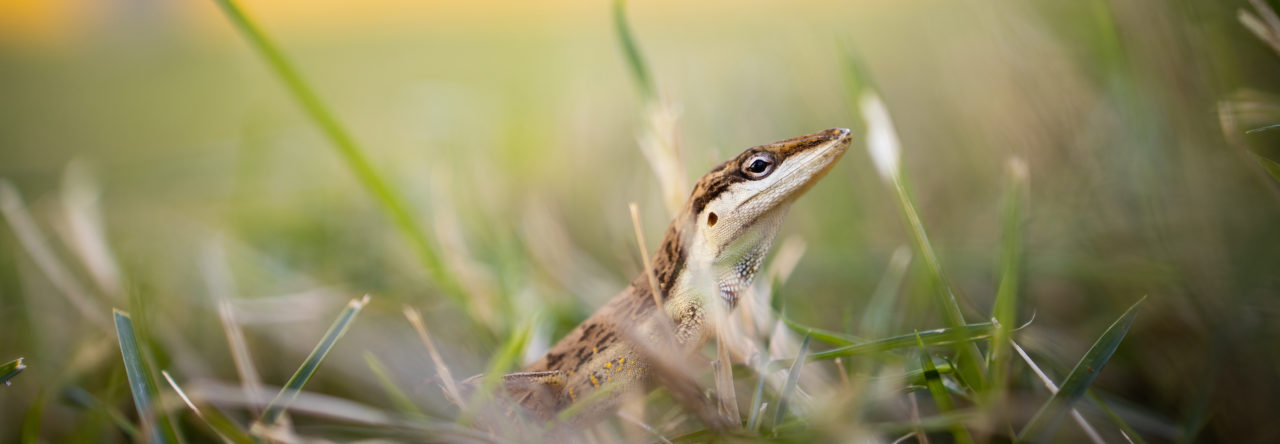 Lausanne, Switzerland was host to this year’s European Society for Evolutionary Biology (ESEB) Conference. Despite the great distance between Europe and the native habitat of anoles, they did feature in several presentations: there was one anole talk and three posters, and many references to Anolis research during other presentations.
Lausanne, Switzerland was host to this year’s European Society for Evolutionary Biology (ESEB) Conference. Despite the great distance between Europe and the native habitat of anoles, they did feature in several presentations: there was one anole talk and three posters, and many references to Anolis research during other presentations.
The single anole talk presented by Katie Duryea, currently at Lund University was about sexually antagonistic selection on body size in Anolis sagrei. The study, conducted on wild lizards across three years, investigated the relationship between fitness (estimated from the number of offspring surviving in the following year) and body size in males and females separately. The study demonstrated a strong positive relationship between body size and fitness in males across all three years. In contrast, selection on female body size varied across the three years. Her study nicely demonstrated sexually antagonistic selection acting on body size in a wild population.
The three posters spanned a wide range of research questions: invasion biology, transcriptome analysis and local adaptation. The first poster in the program was by Wataru Anzai from the University of Tokyo. He studied morphological and behavioural differences between introduced populations of Anolis carolinensis on two Japanese Islands. Sexual dimorphism in body size, head shape and limb musculature differed between the Islands. In behavioural experiments, he demonstrated that these traits were important during male-male competition.
The second poster was from another Japanese researcher, Hiroshi Akashi from Tohoku University. In this work Hiroshi and colleagues sequenced the transcriptomes of three anole species (A. sagrei, A. homolechis and A. allogus) under different thermal environments (5 days 260C and 330C). The study found that the expression of many genes varied with temperature, but that only one of these differentially expressed genes was shared across species.
The final poster was that of Michael Logan from Stellenbosch University. He presented work on thermal adaptation and gene flow in A. sagrei occupying Islands. He found that lizard thermal performance closely matched their local thermal environment, indicative of local adaptation. Interestingly, gene flow was greatest between islands with similar thermal environments, suggesting that effective migration may be higher between these islands.
Overall ESEB15 showcased a tremendous amount of exciting Evolutionary research and if you want to know more here is a link to ESEB15 webpage and abstract booklet, or you can check out some tweets using #eseb15. Some other exciting news from the conference was that in 2018 Montpellier, France will be host to a joint meeting between ESEB and Society for the Study of Evolution (SSE). The joint meeting will be a great opportunity to exchange ideas and establish networks across the pond. The conference structure will be a hybrid between the Evolution and ESEB formats, which differ quite a bit. At ESEB the program is divided into Symposia that are proposed by participants well in advance. Each symposium has 2-3 invited 30-minute talks and ~ 4-6 15-minute selected talks. The size of the meeting is usually capped at about 1500 and this year they had 8 concurrent sessions. If you do the maths (or math as you say in USA), you will notice that most participants do not get accepted for talks (~1/3) and the bulk of presentations are posters. The 2018 meeting will have approximately 2500 people, ~1000 talks and 14 parallel sessions. It would be great to have a strong anole contingent at the joint meeting in 2018, so keep a look out for the call for symposia and the call for abstracts. Hope to see you all there.















